Episode 222: Show environments, routines and insecure horses
February 15, 2023/
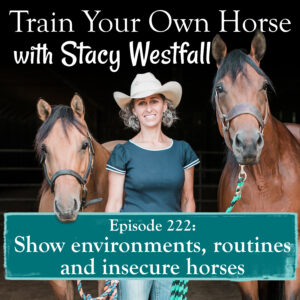
In this episode, I discuss the benefits of a show environment, and why insecure horses can learn to thrive at shows. Topics include:
Three different types of show environments.
The challenge of going to a show with many beginners.
Overall show routine vs your individual routine that bridges between home and the show
Why insecure horses can thrive at shows
The difference between fearful and insecure.
And five mistakes people often make when taking insecure horses to show.
SUBSCRIBE TO THE PODCAST HERE:
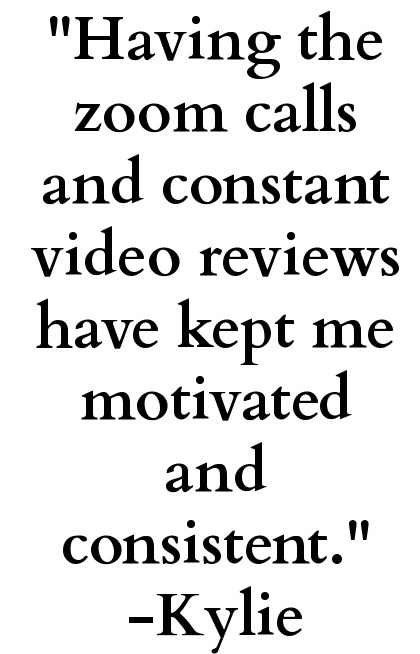
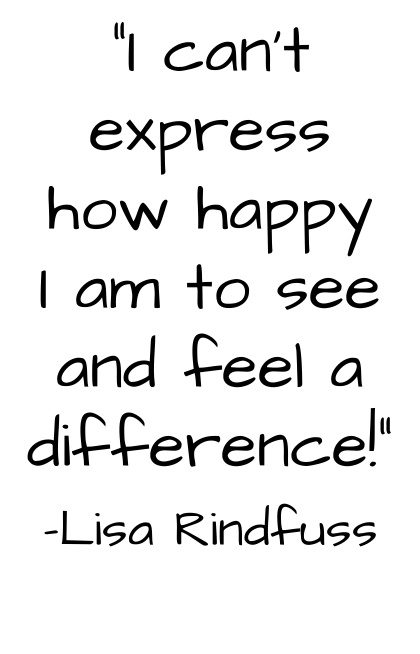
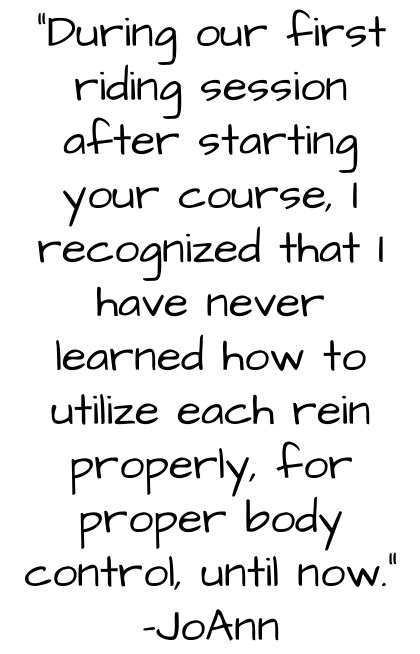
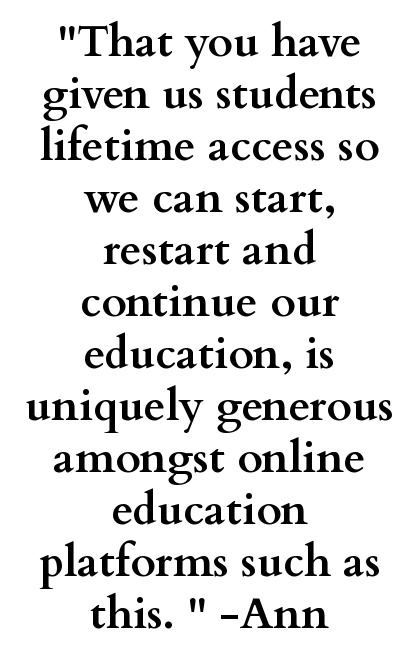
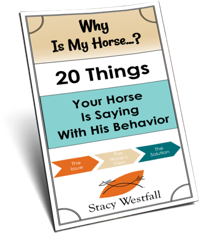
YOURS FREE
WHY IS MY HORSE...?

